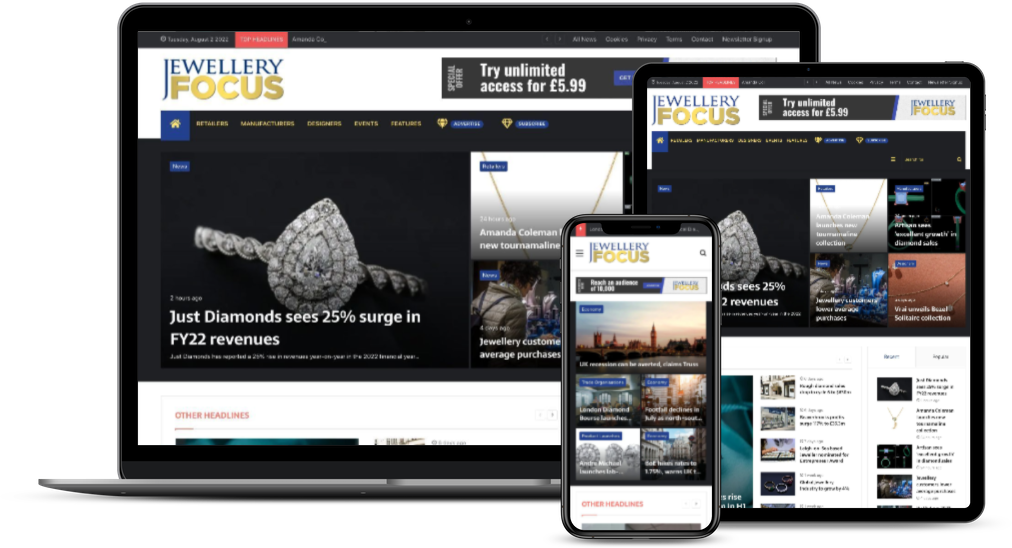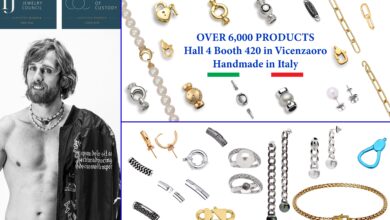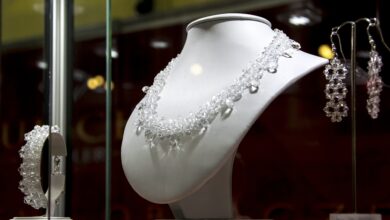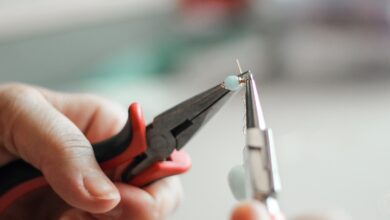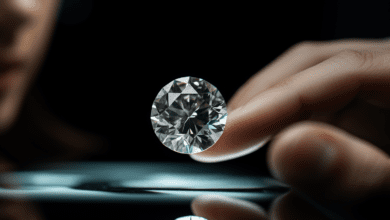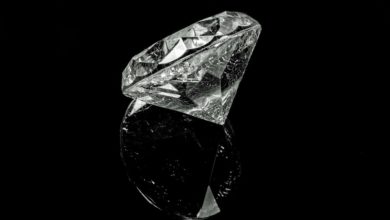Features
Brand Profile – Freedom to Exist
Freedom to Exist timepieces were born from a desire to move away from the noise of branding and technology and focus on a more stylish and minimal design. Co-founded by the creative director for Soho House and the head of furniture for M&S, ALESSANDRO CARRARA sat with owner Paul Tanner to find out more about about his innovative watch brand
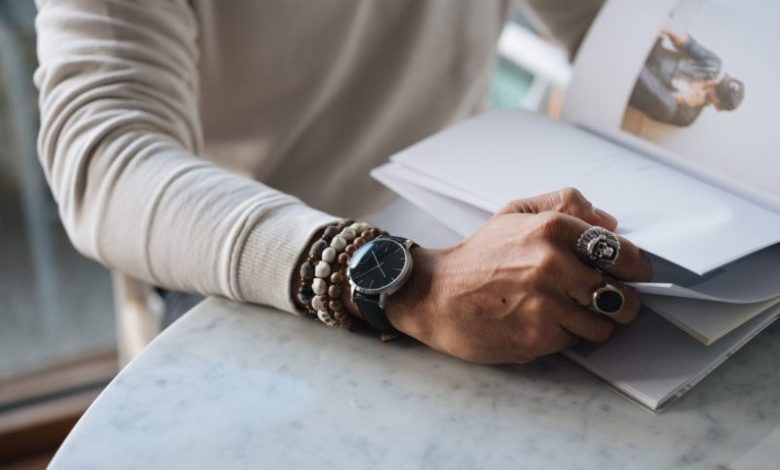
Tell me how you started your watch brand?
You'll need to
subscribe to unlock this content. Already subscribed? Login?

